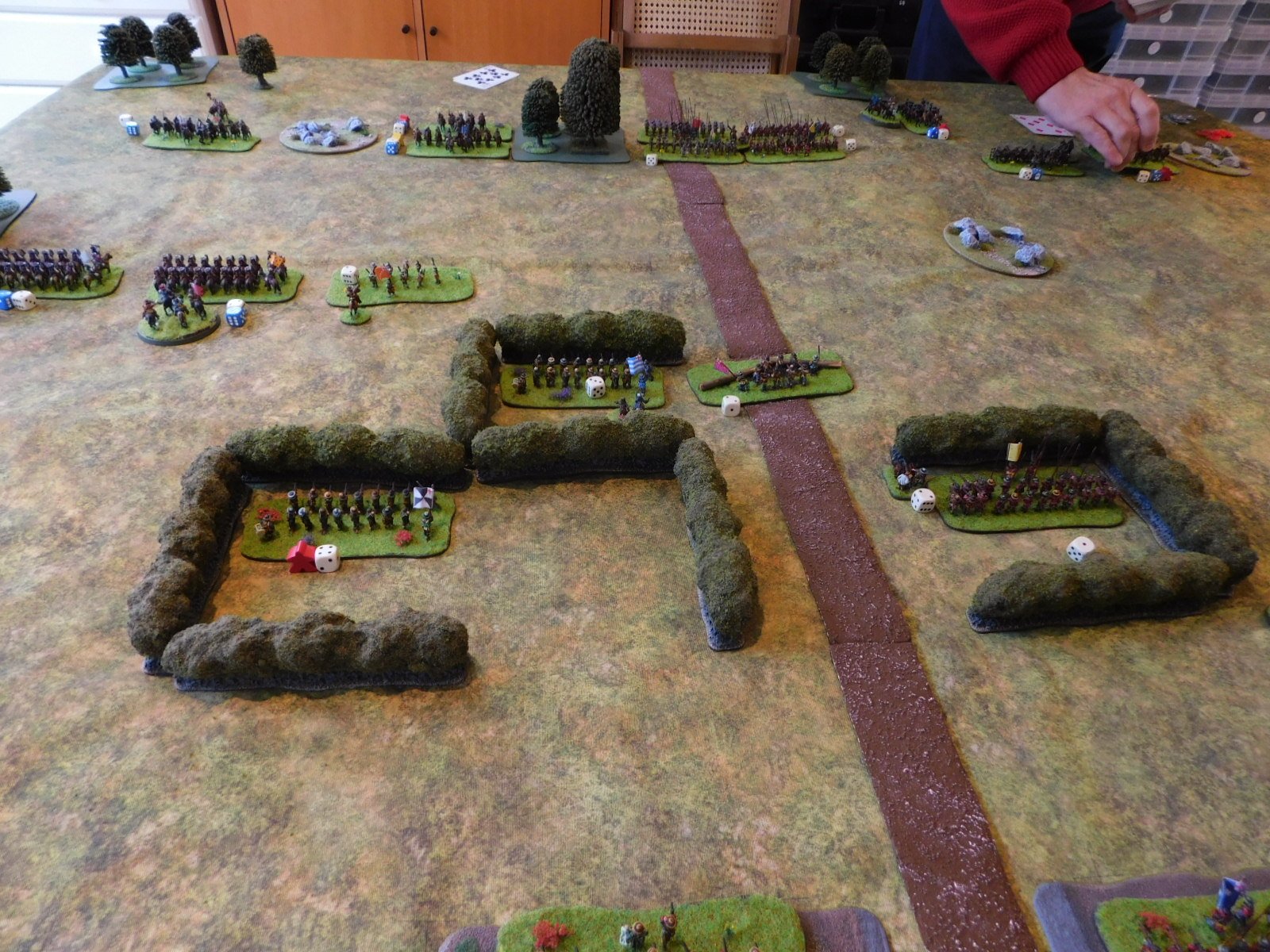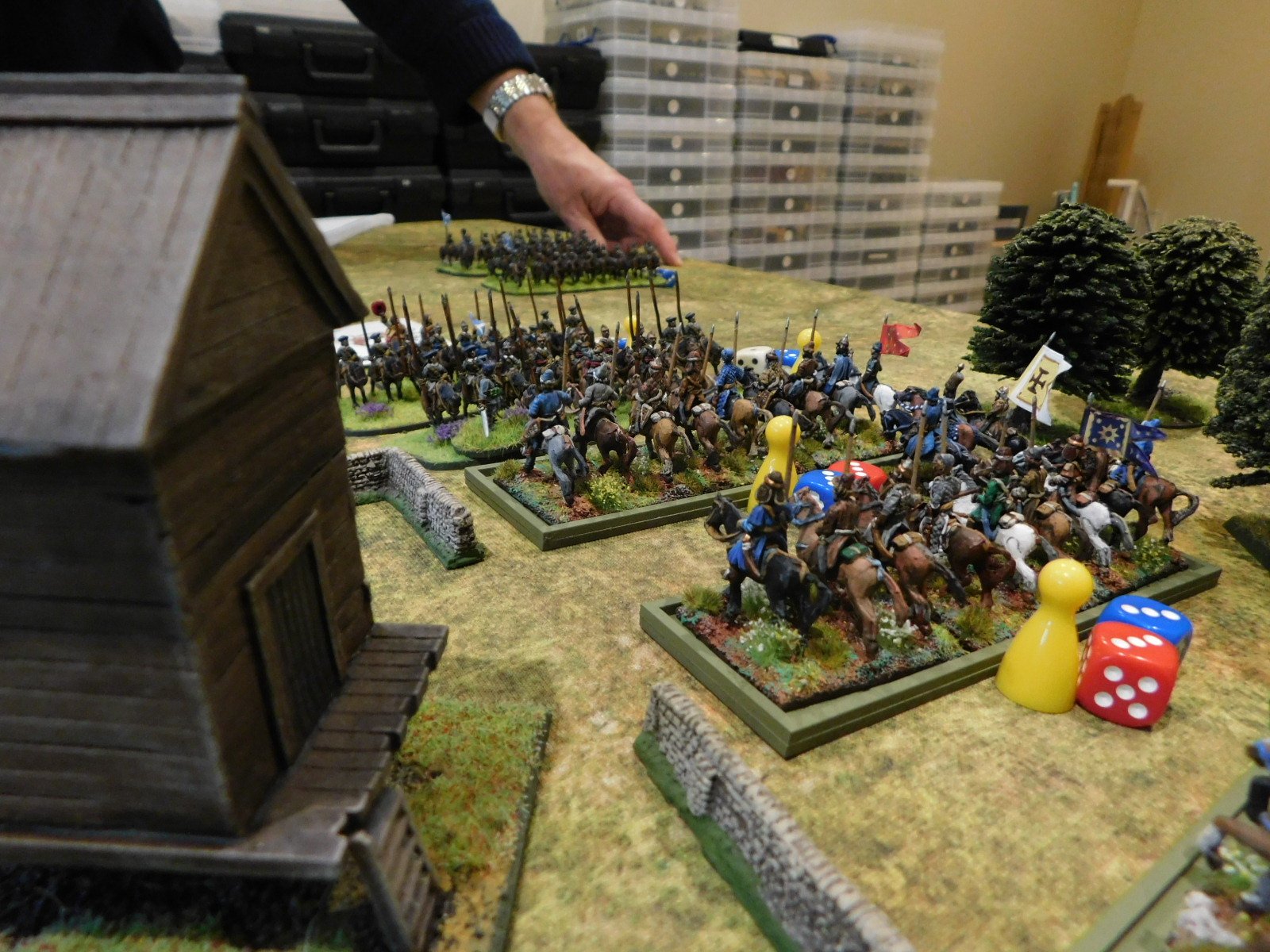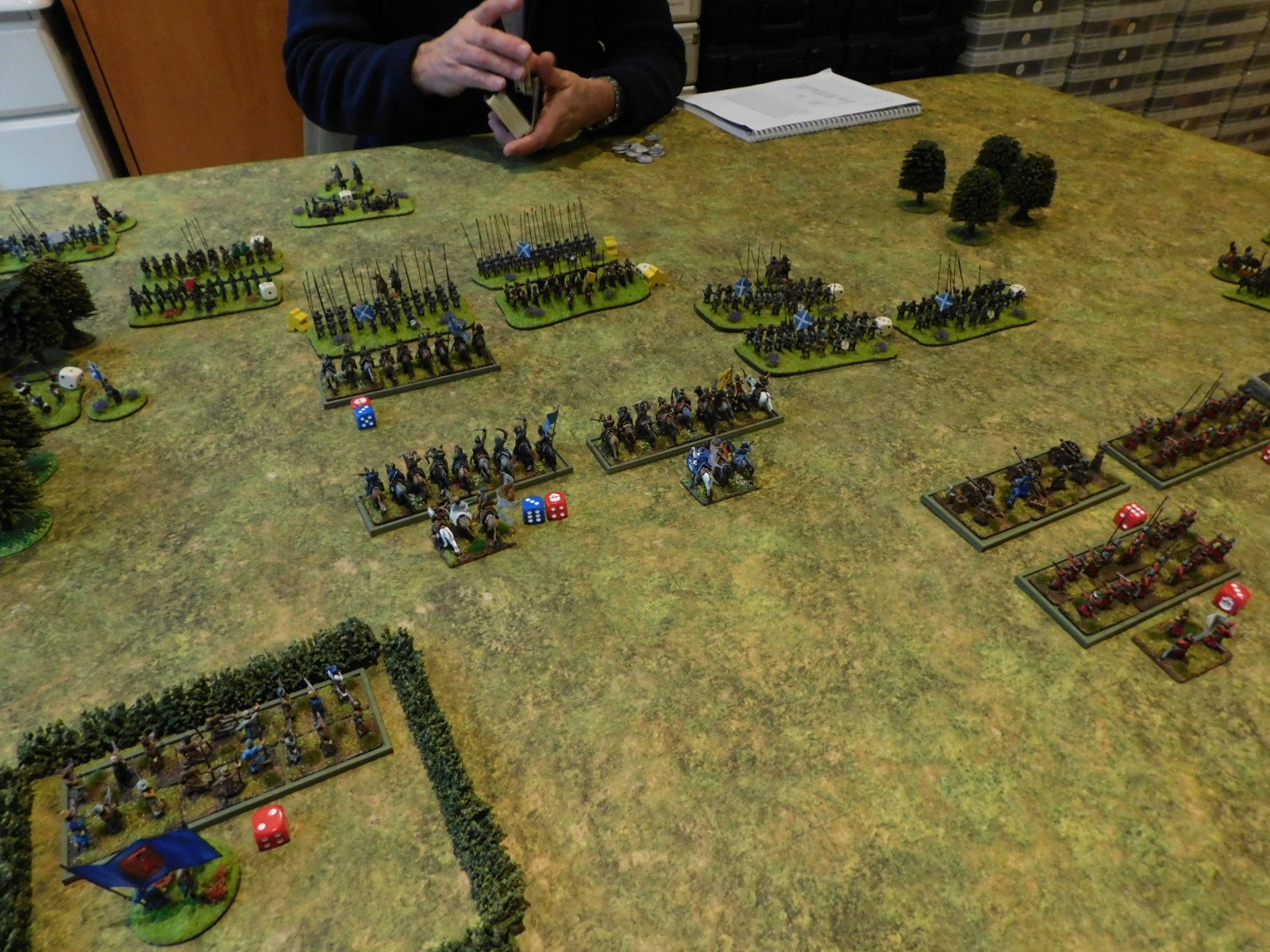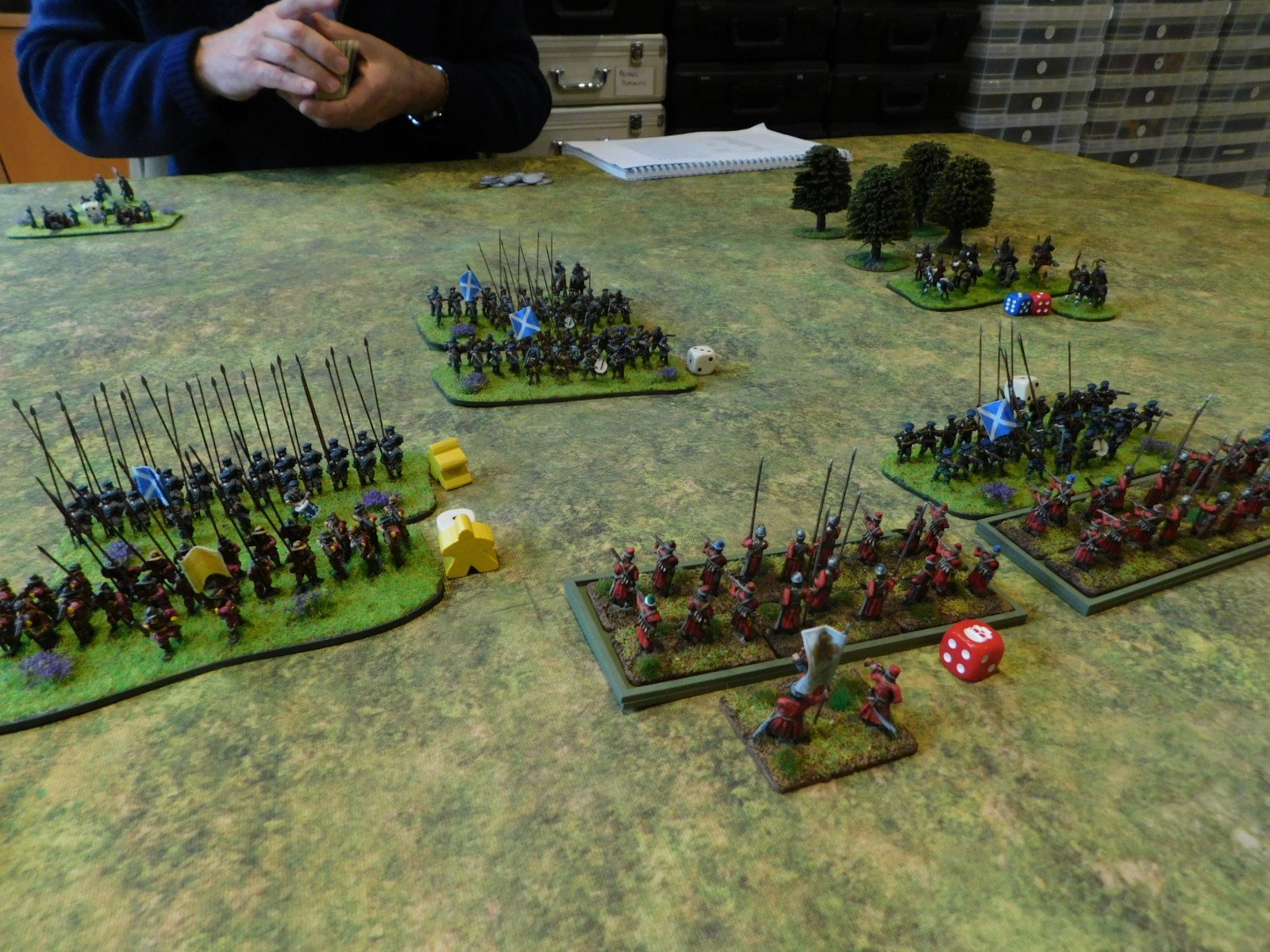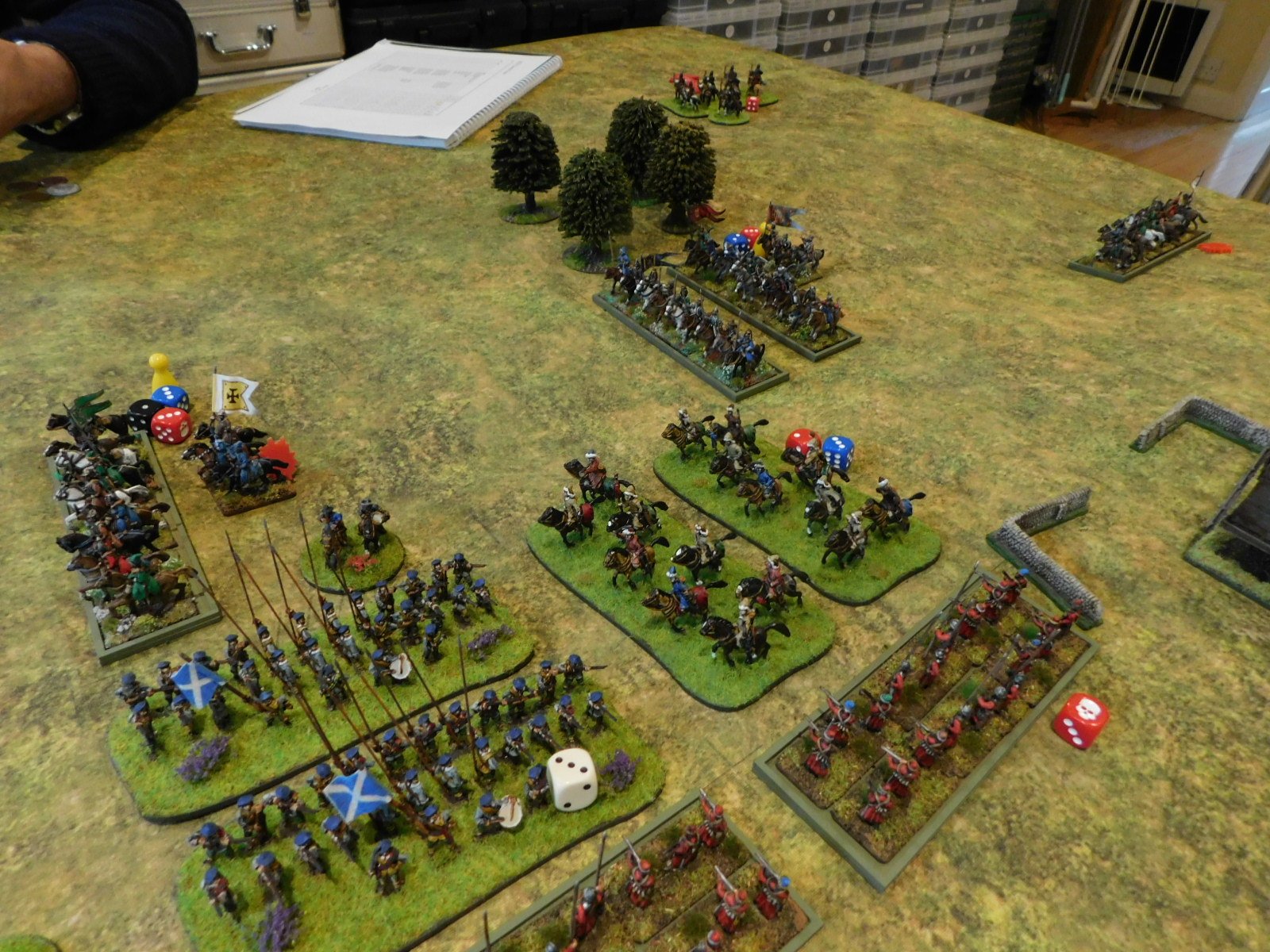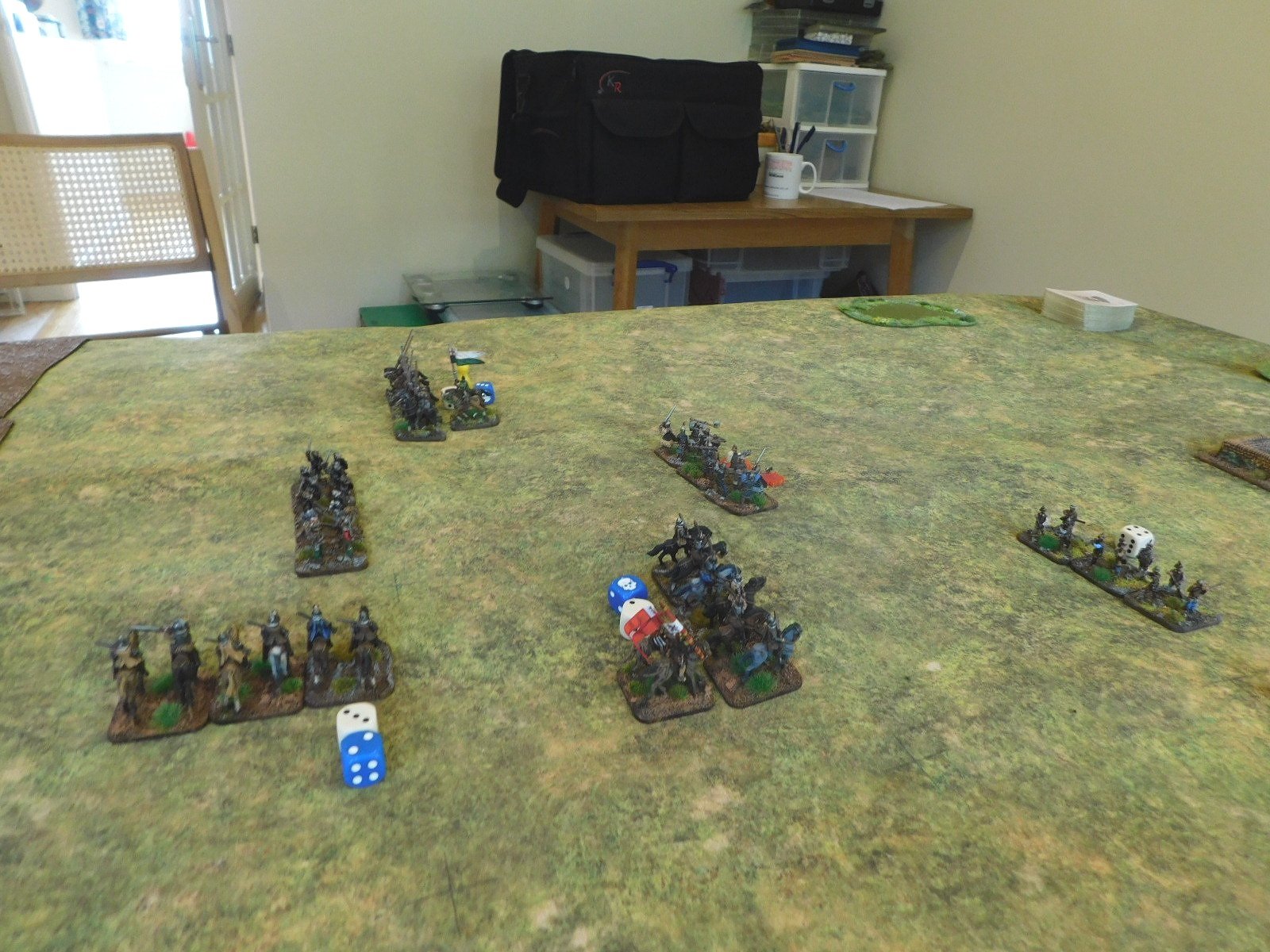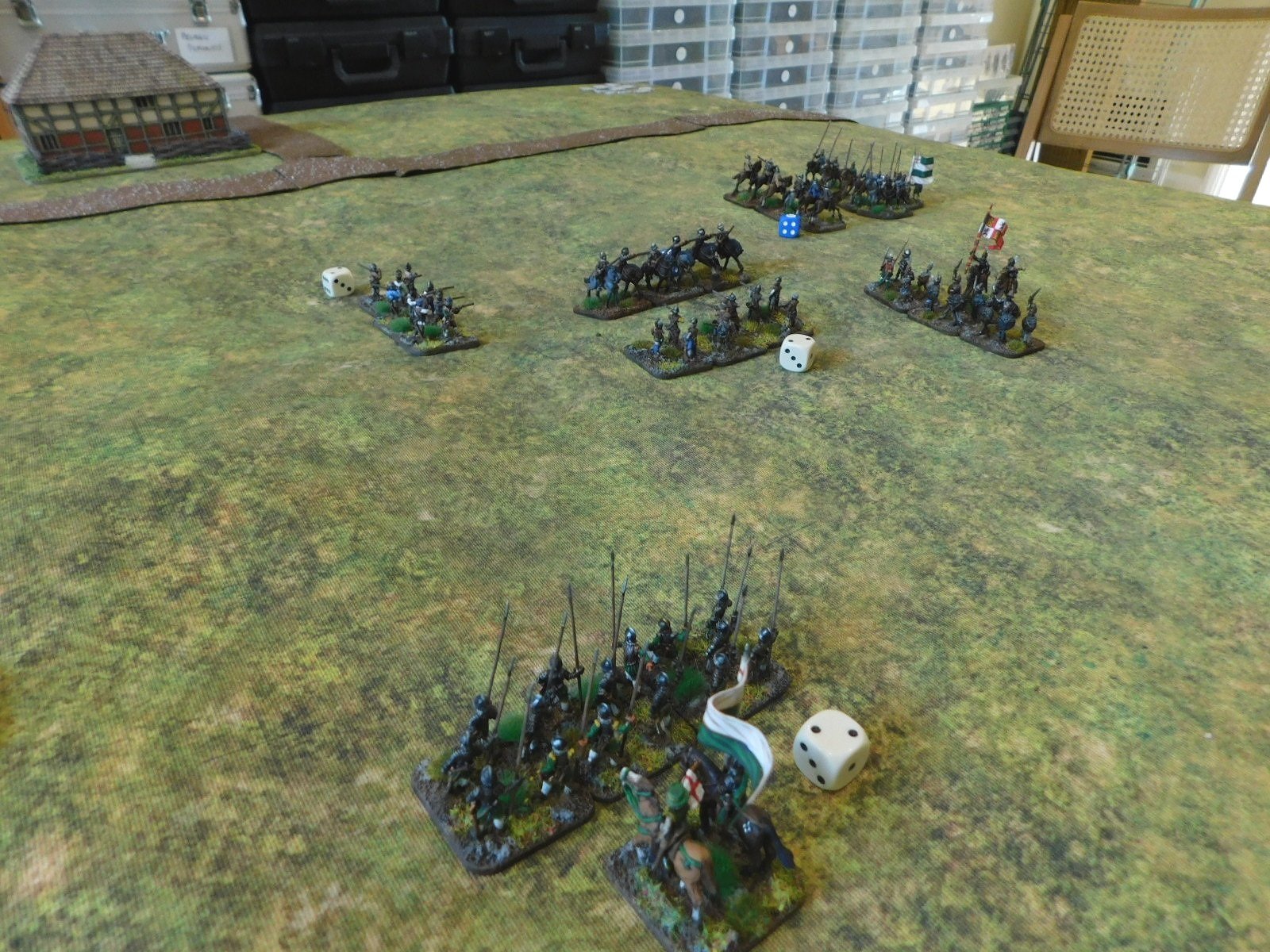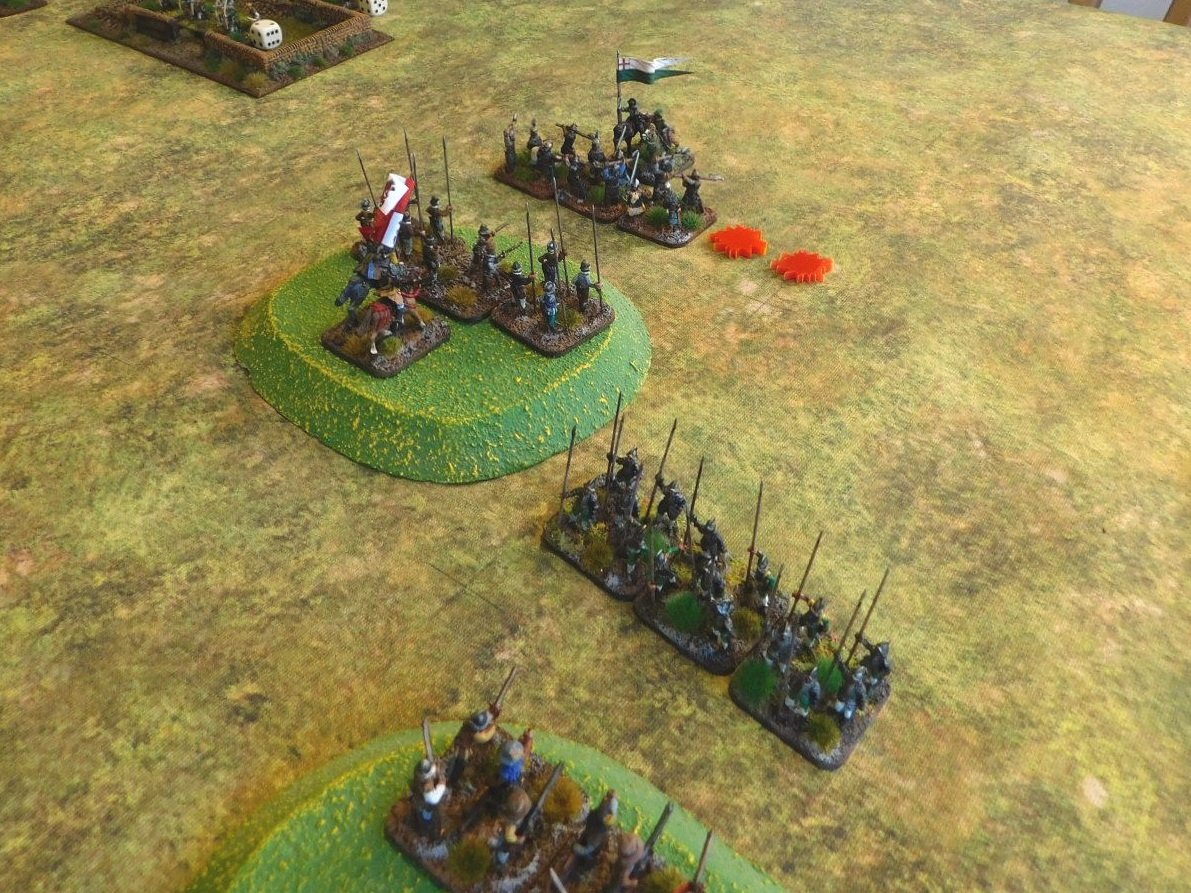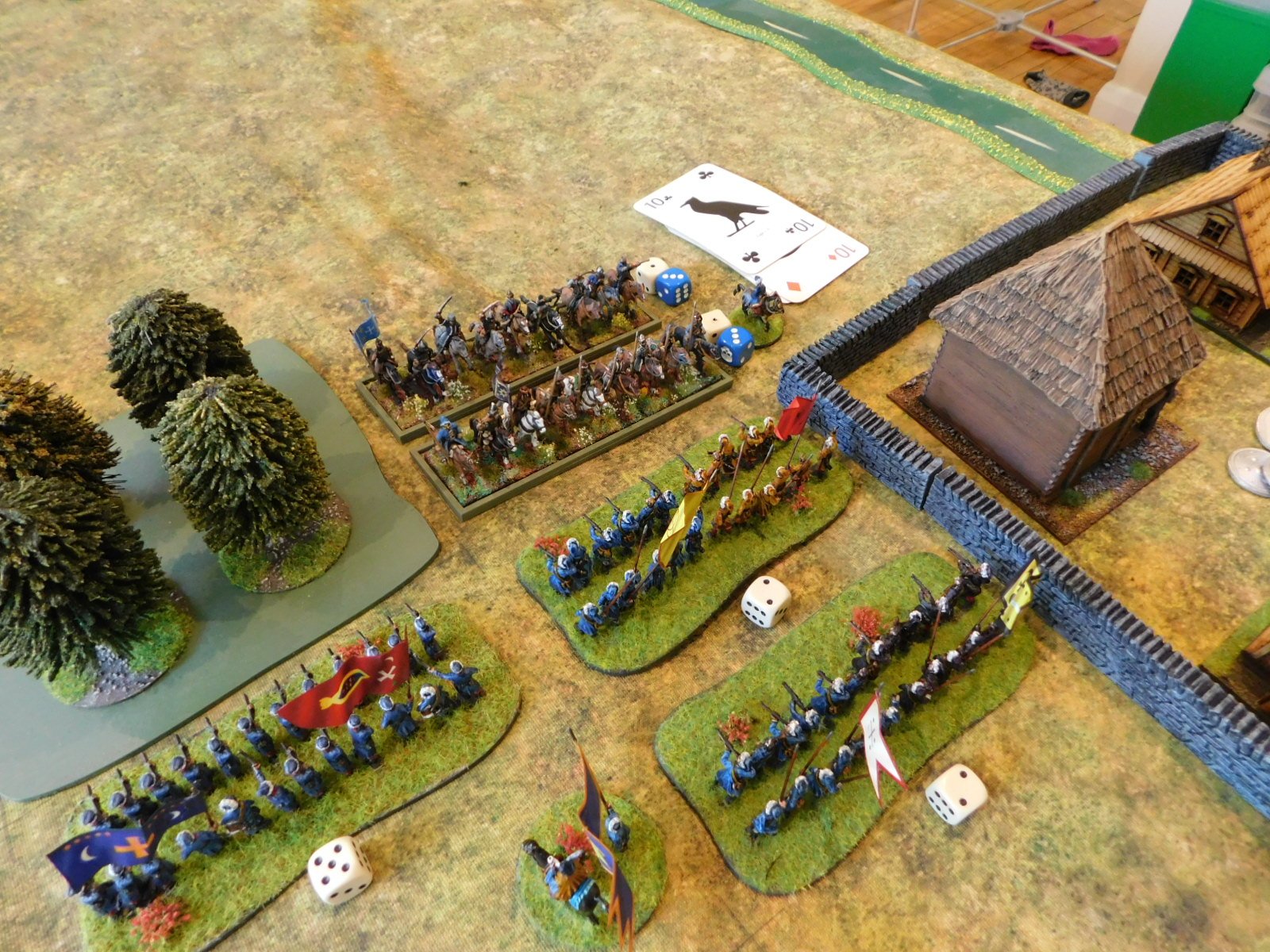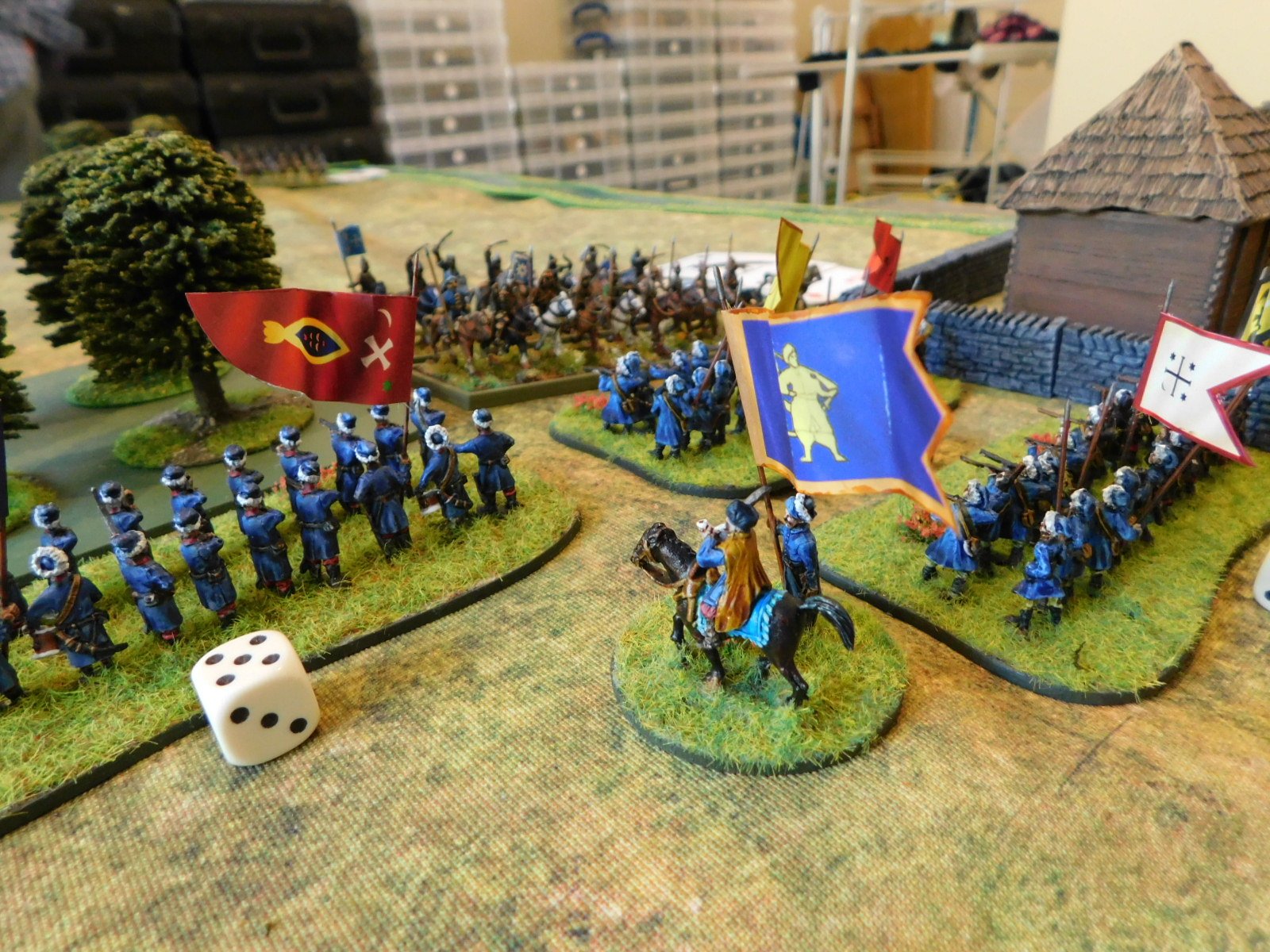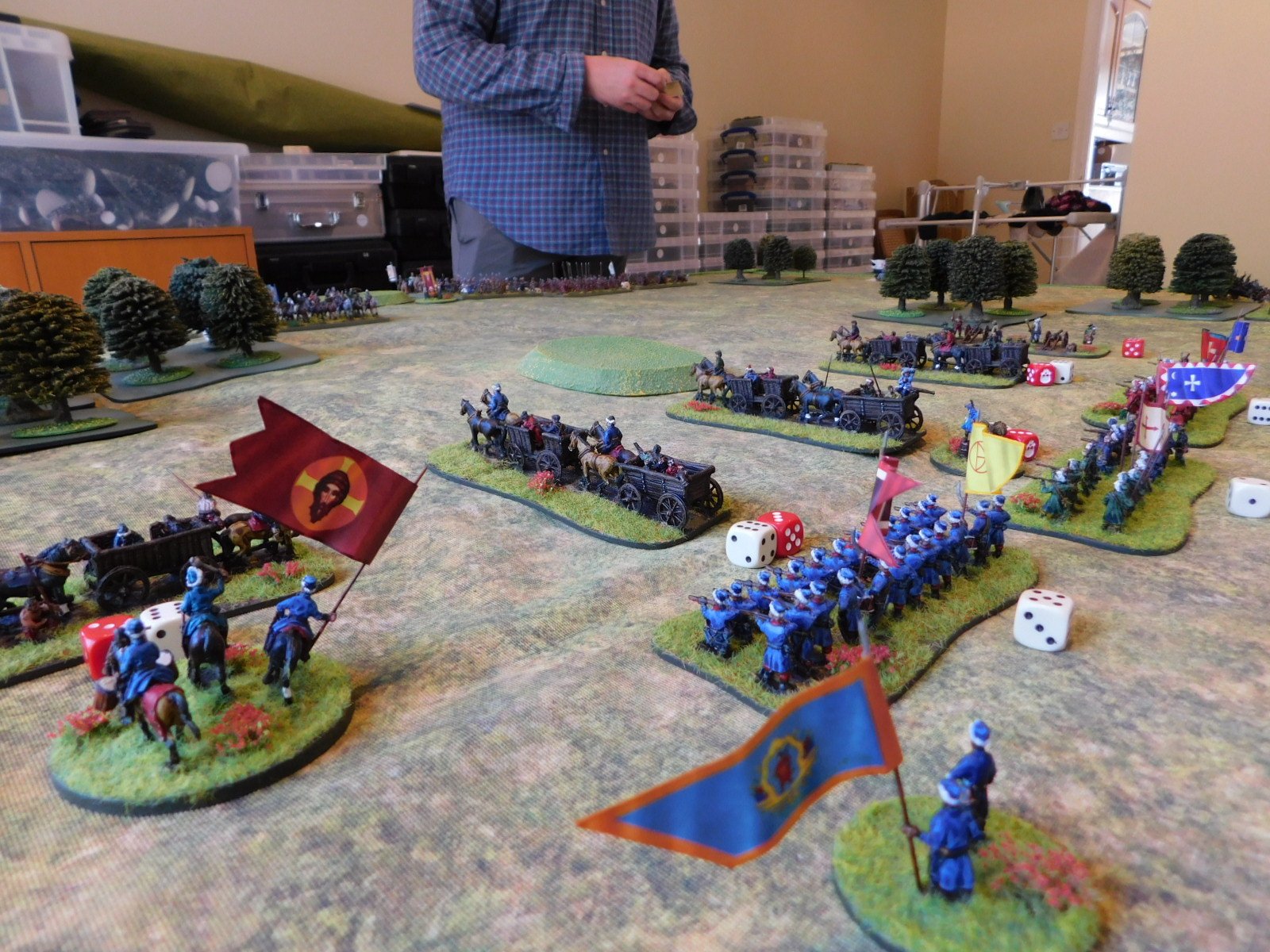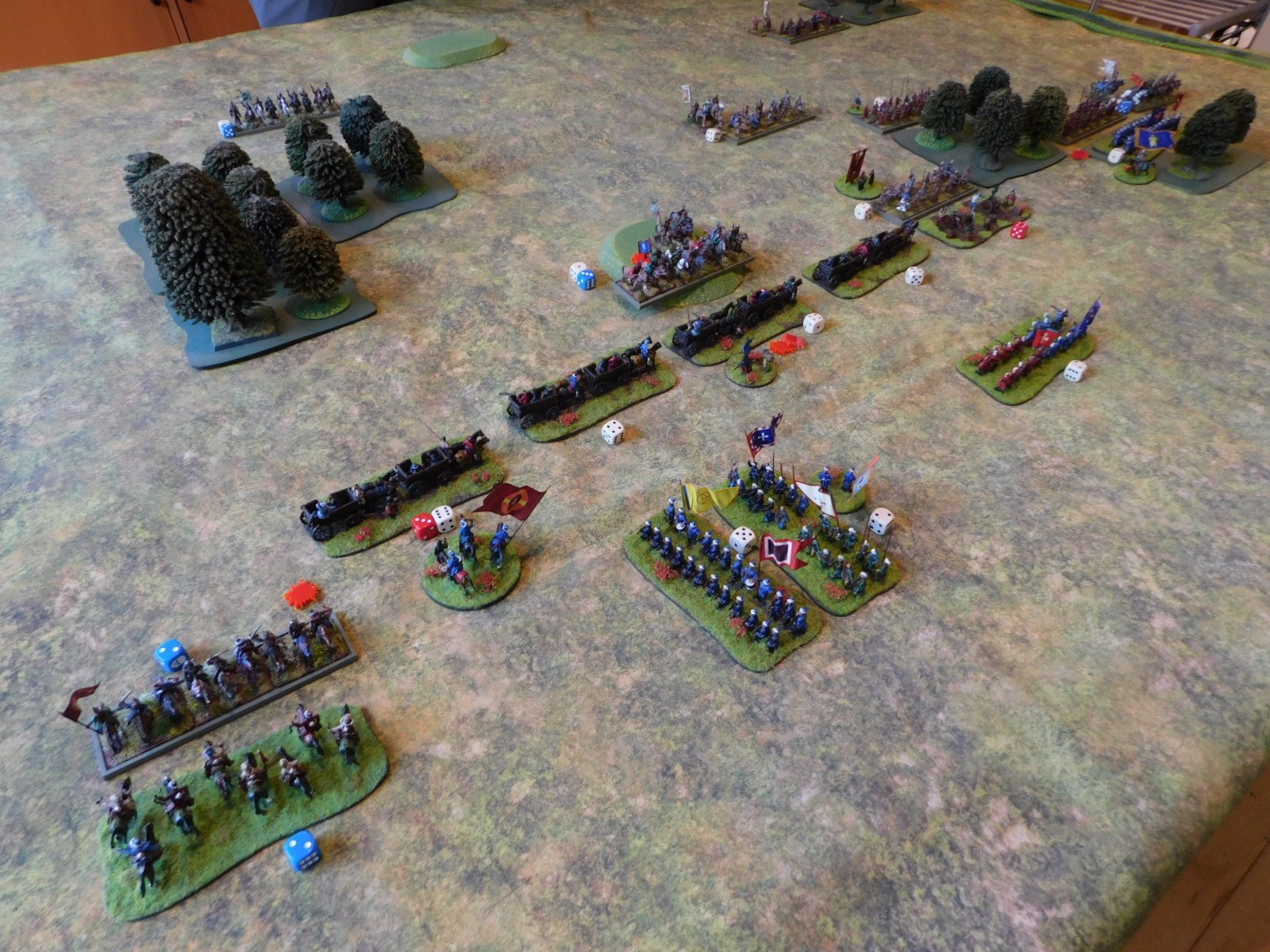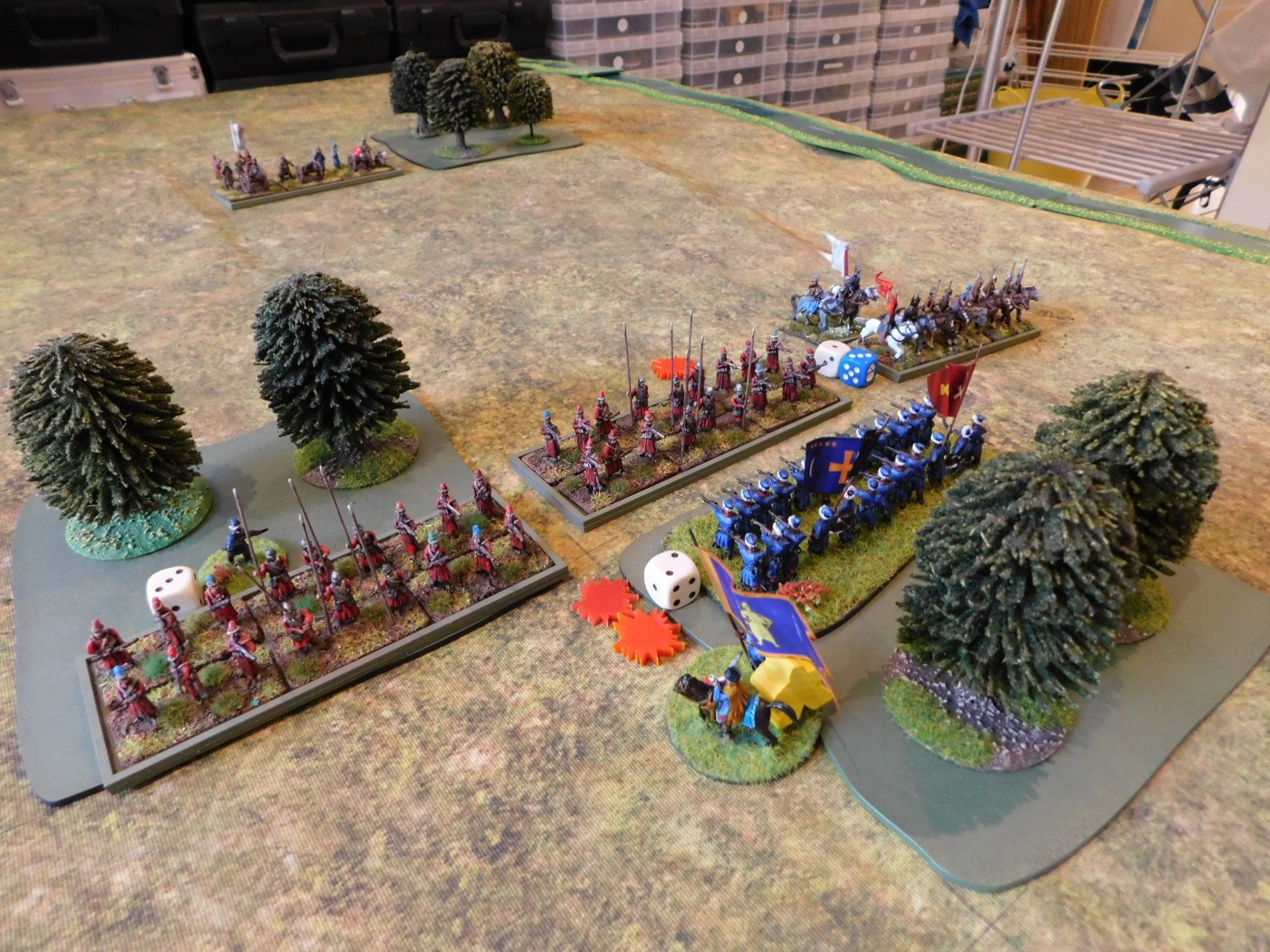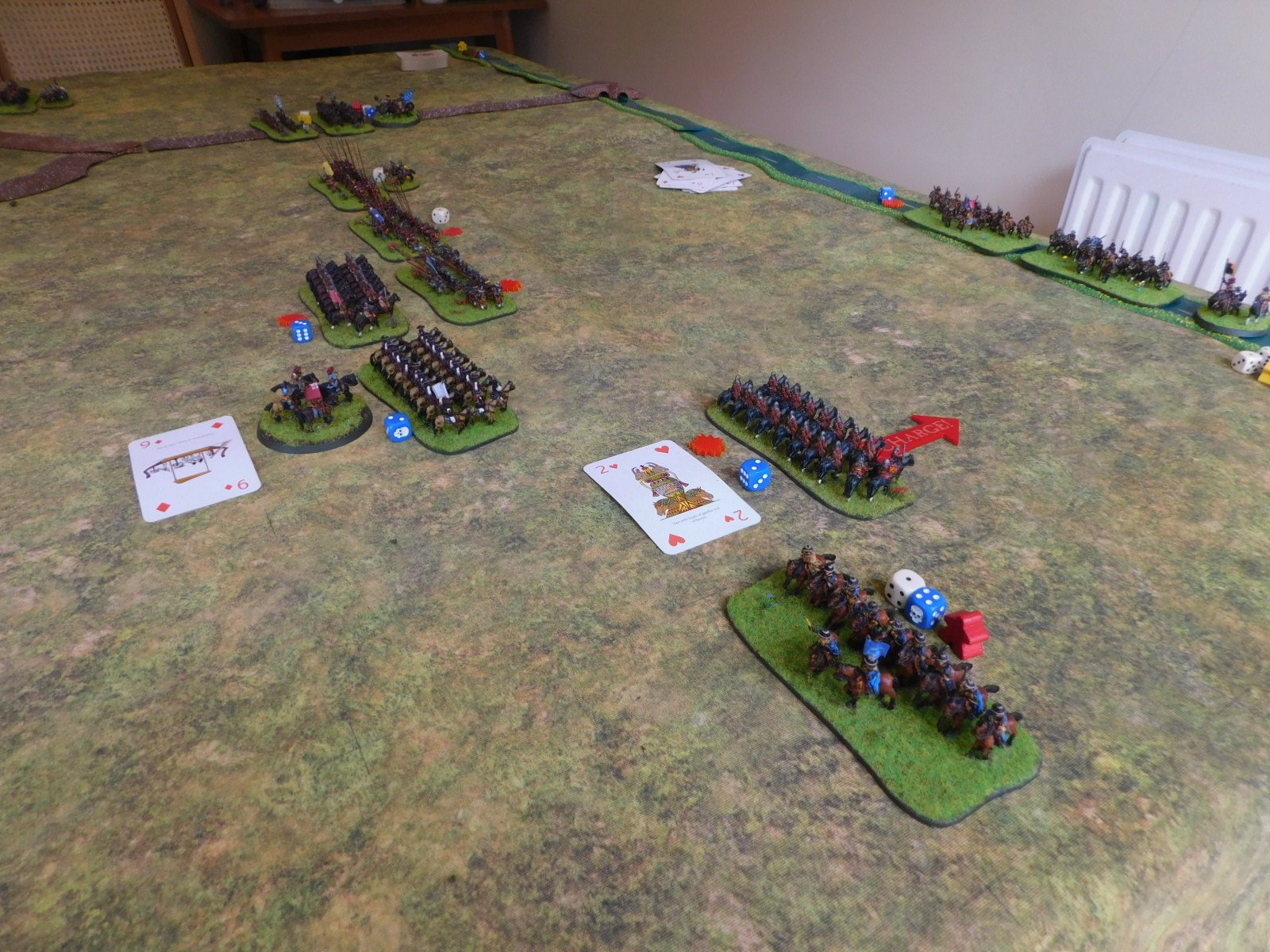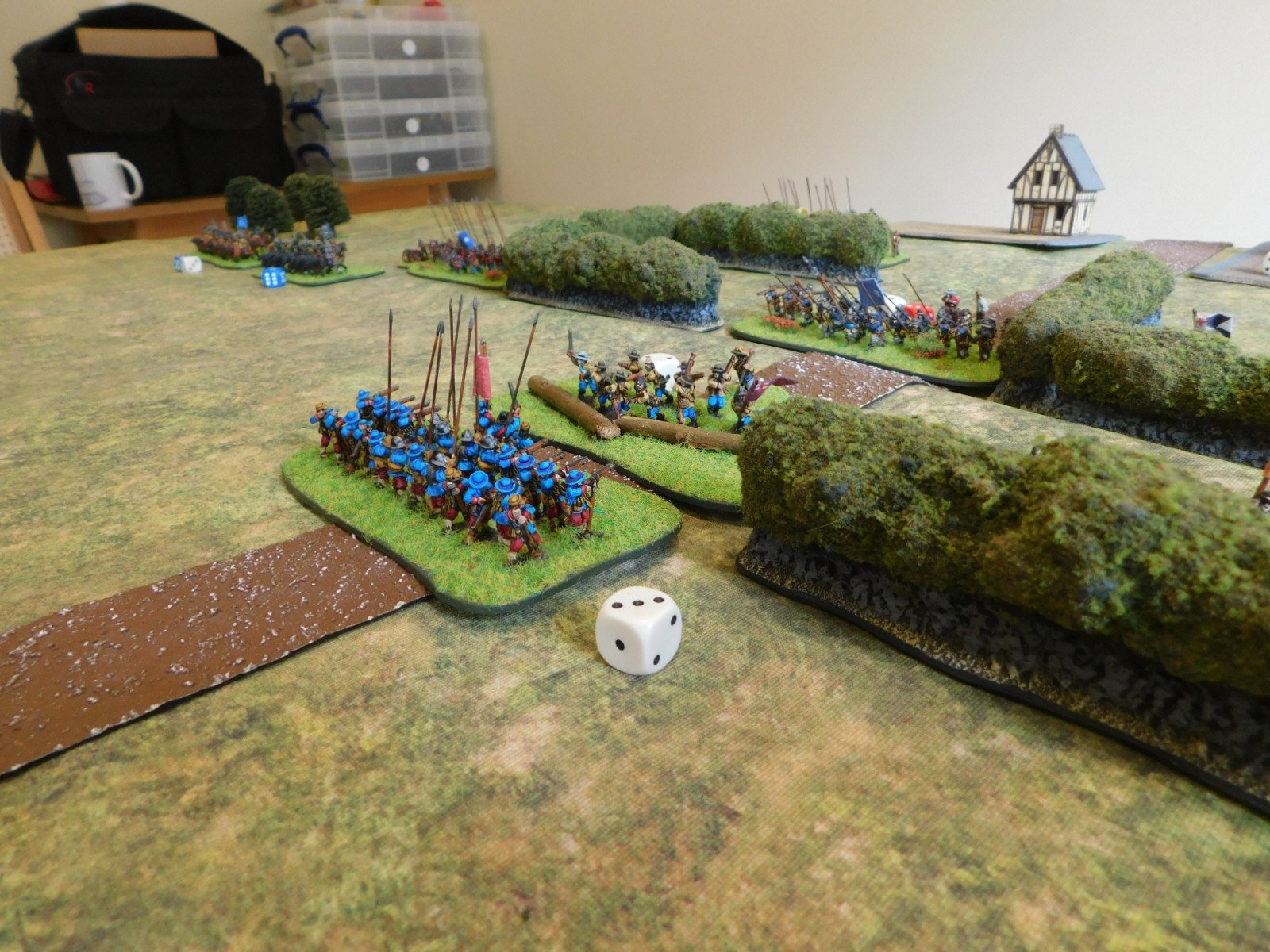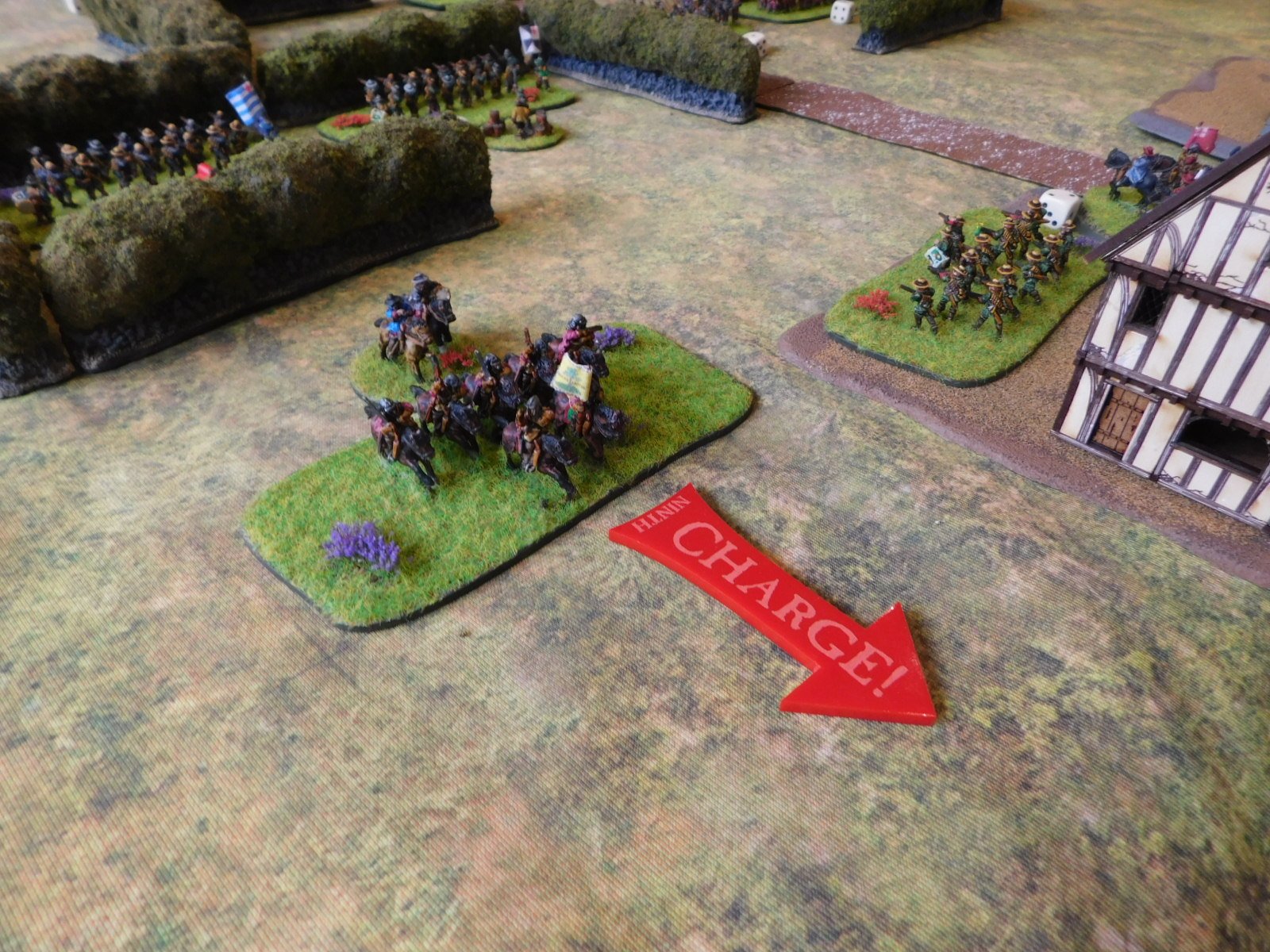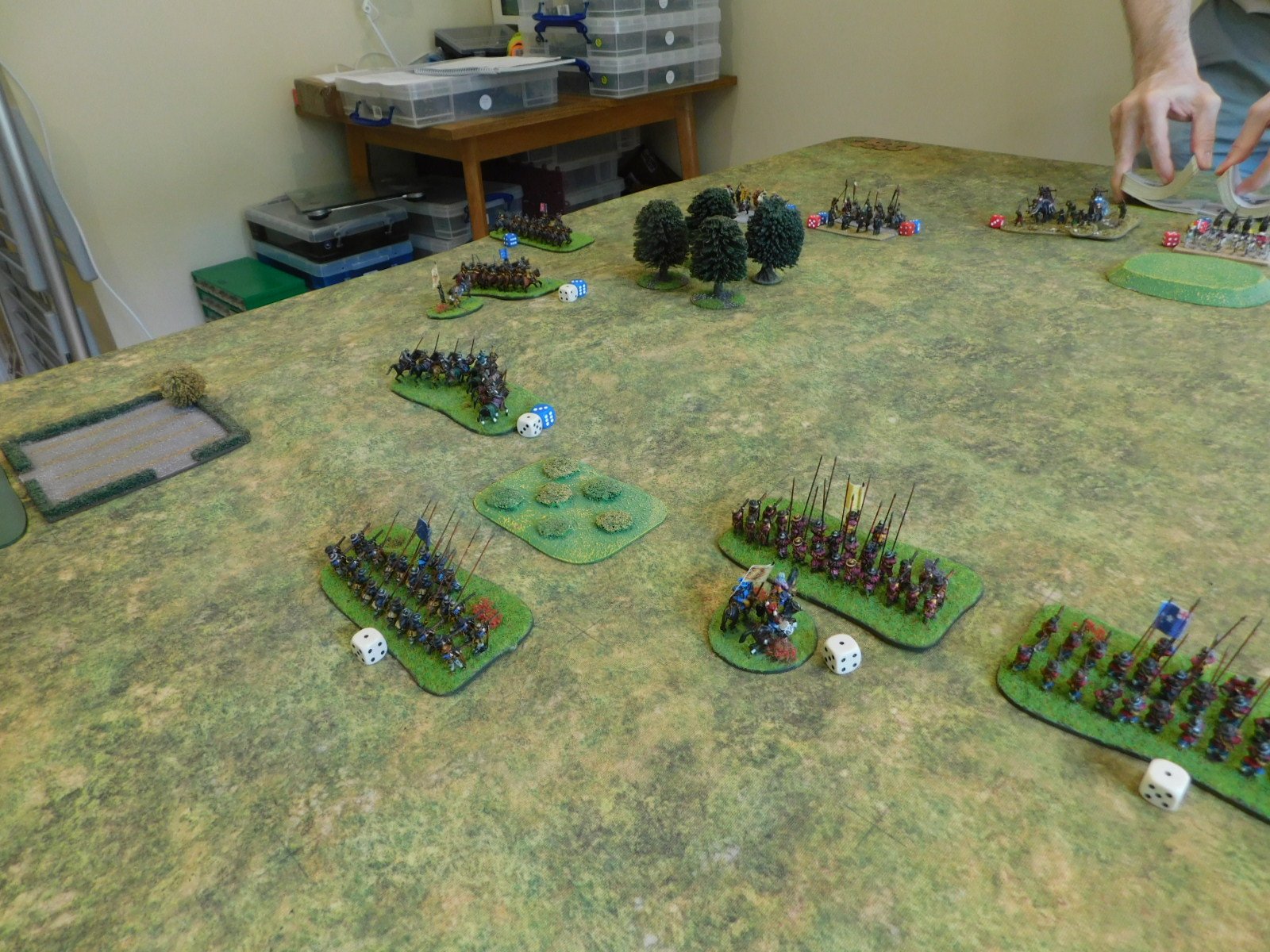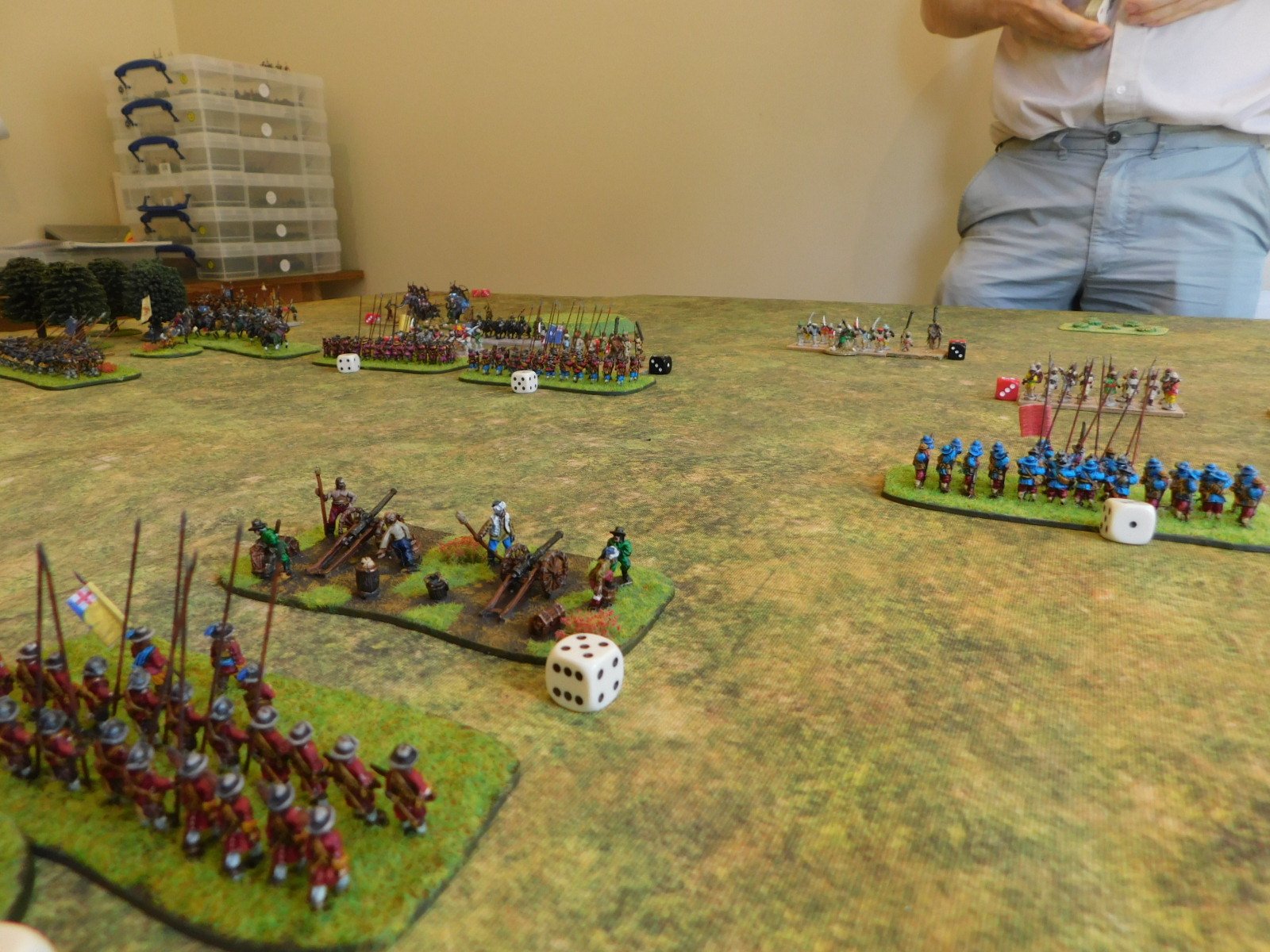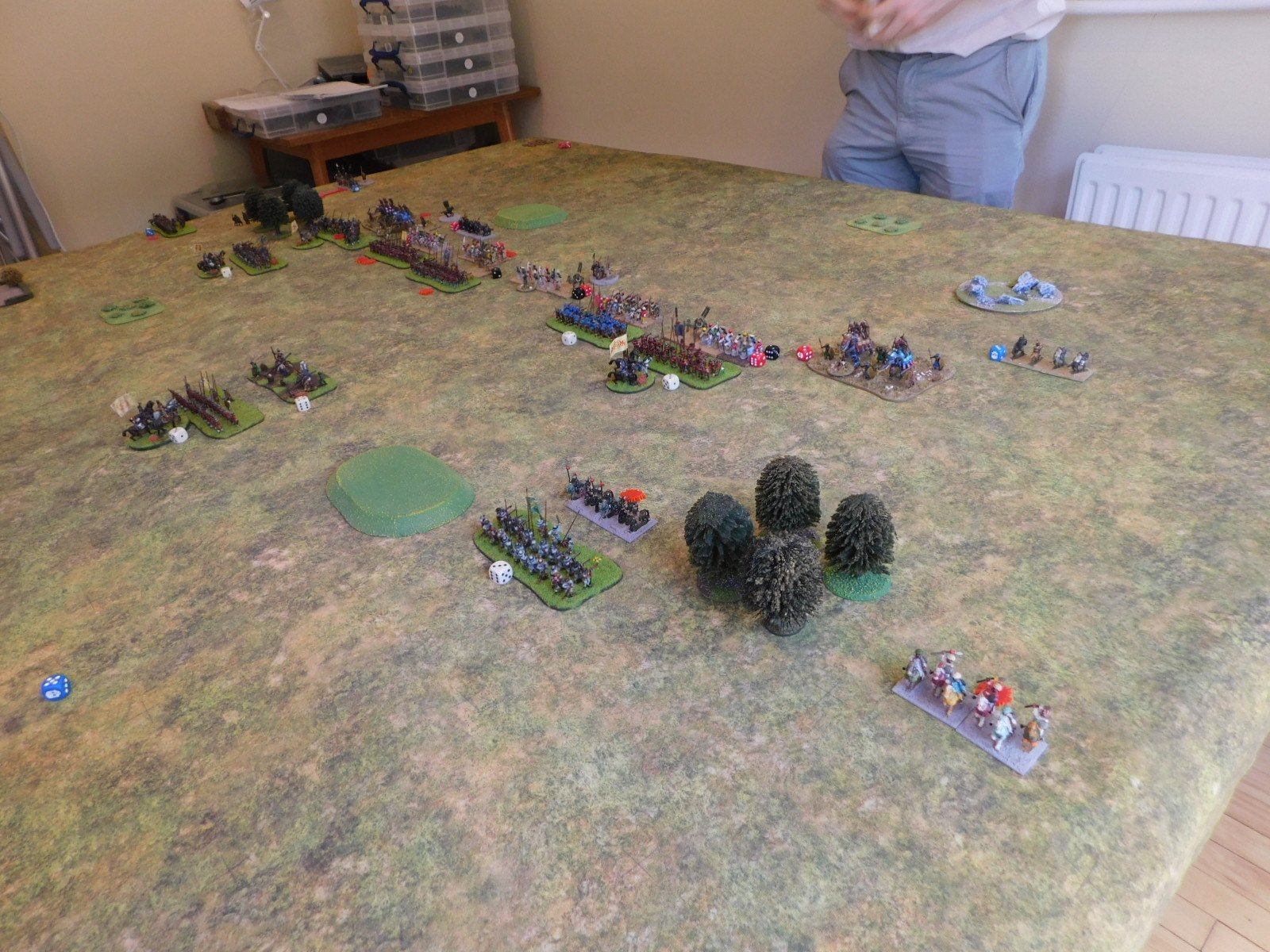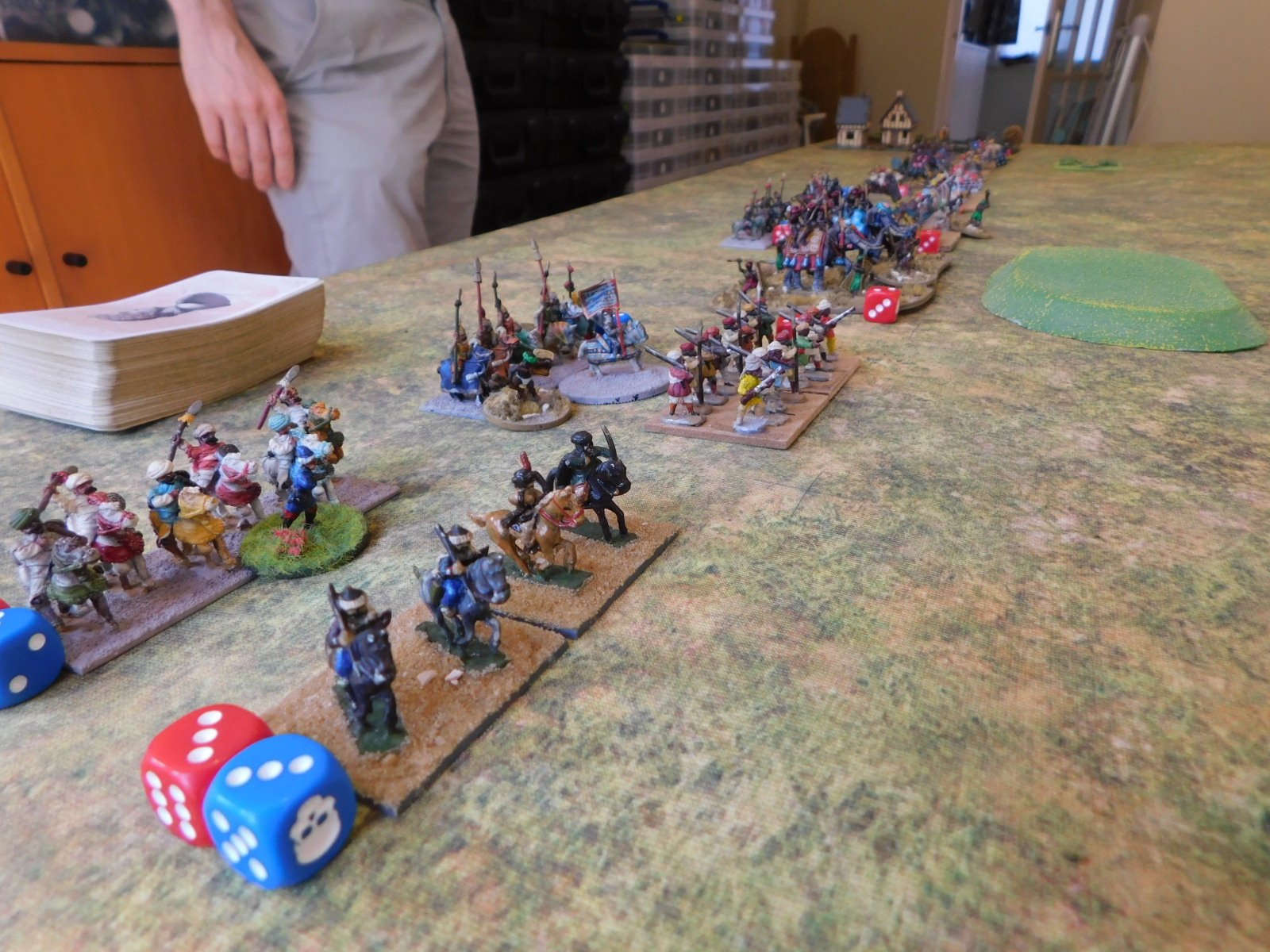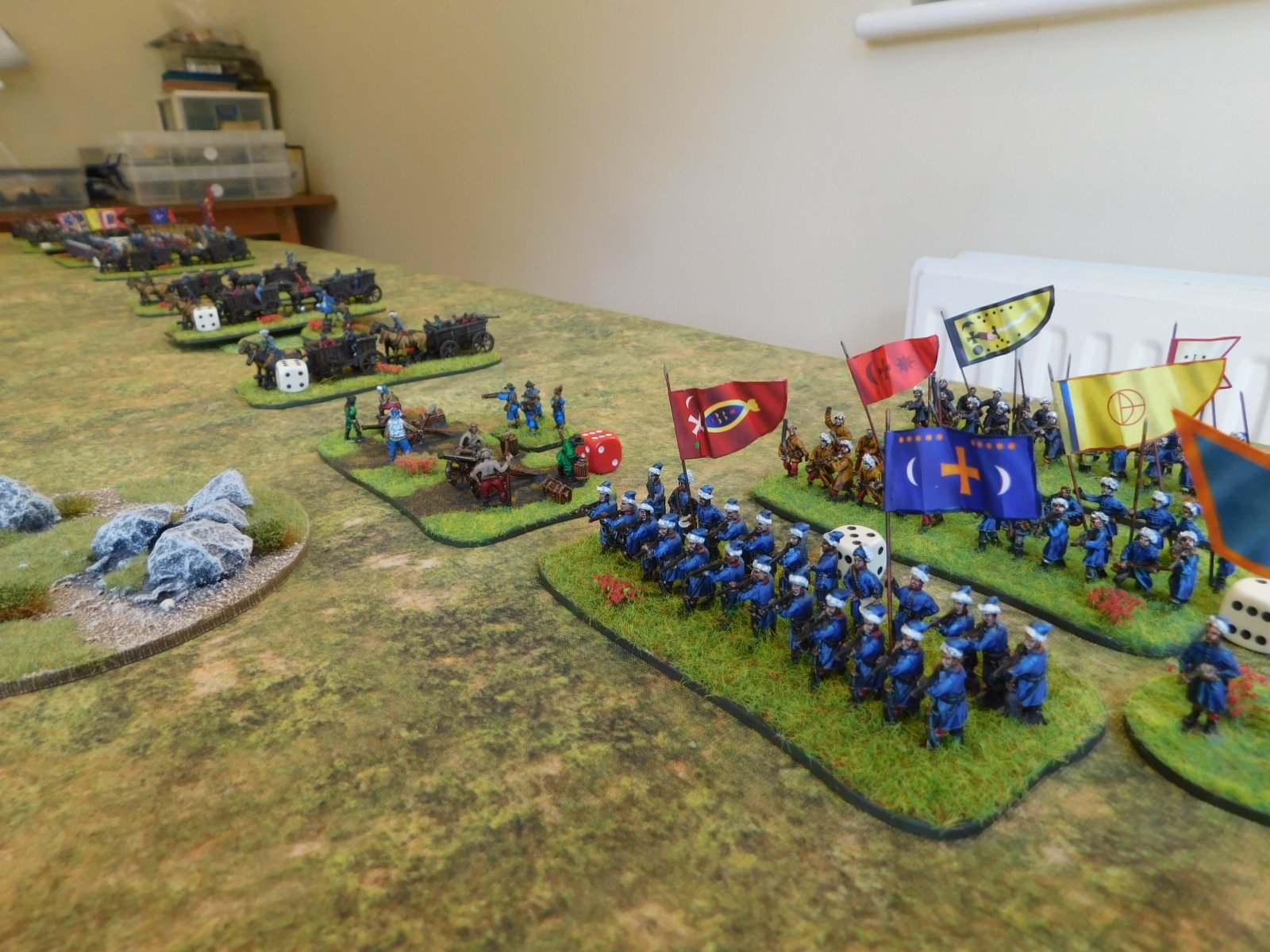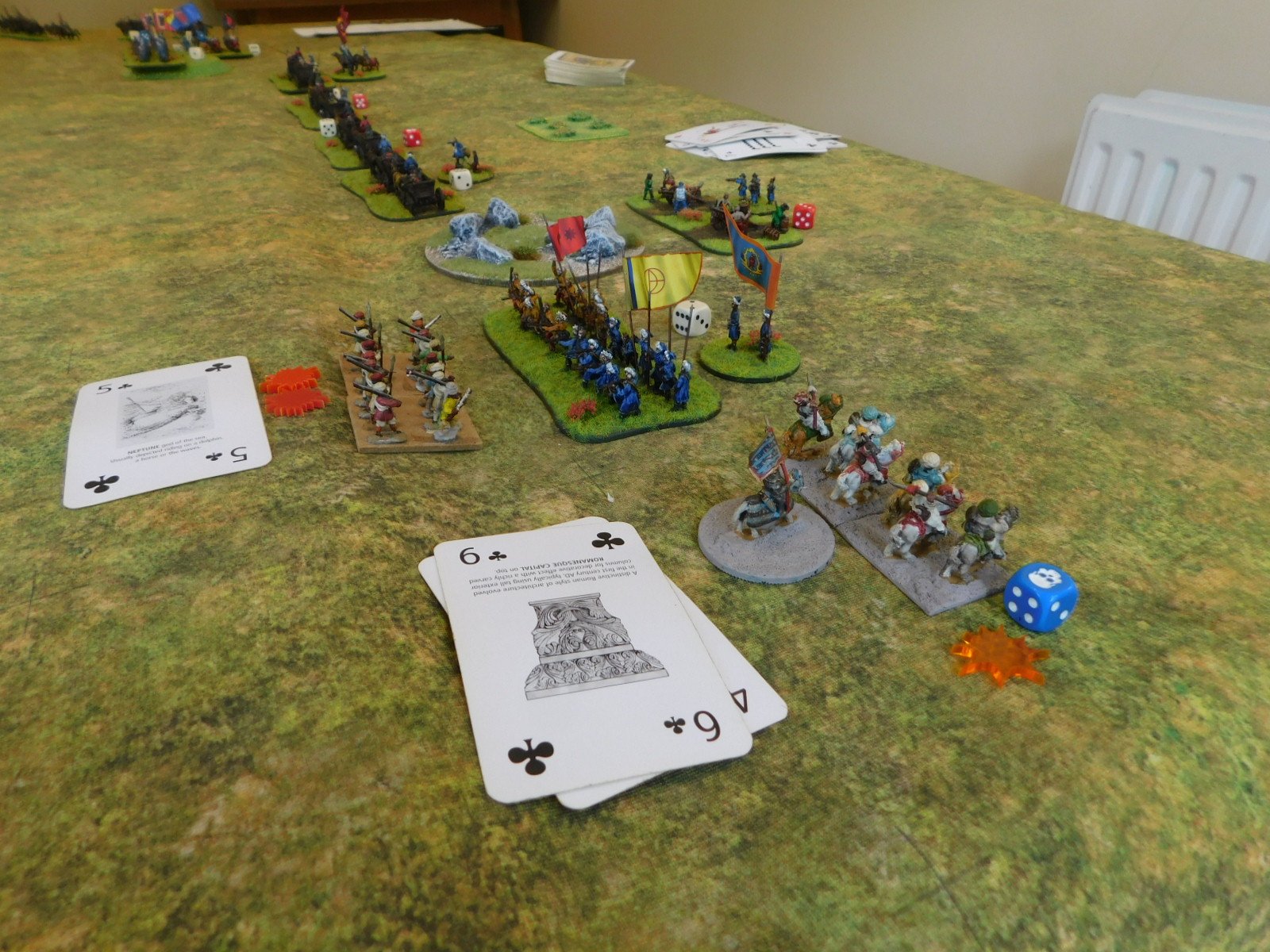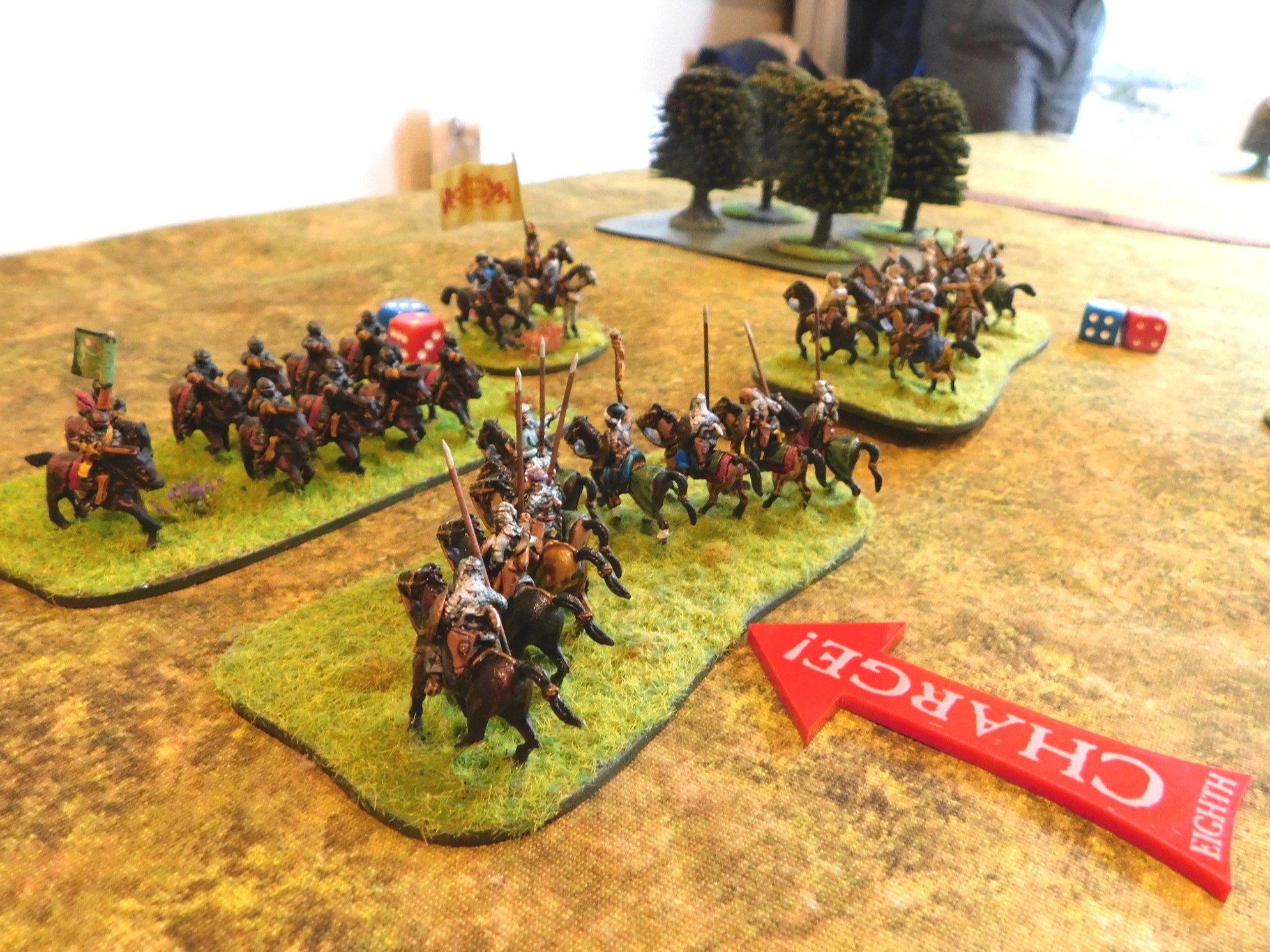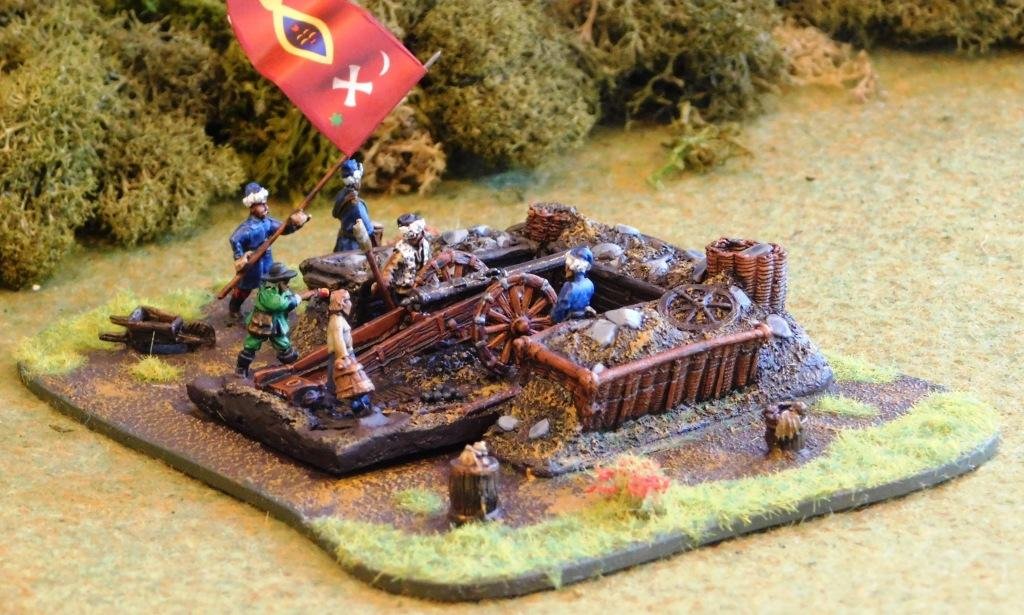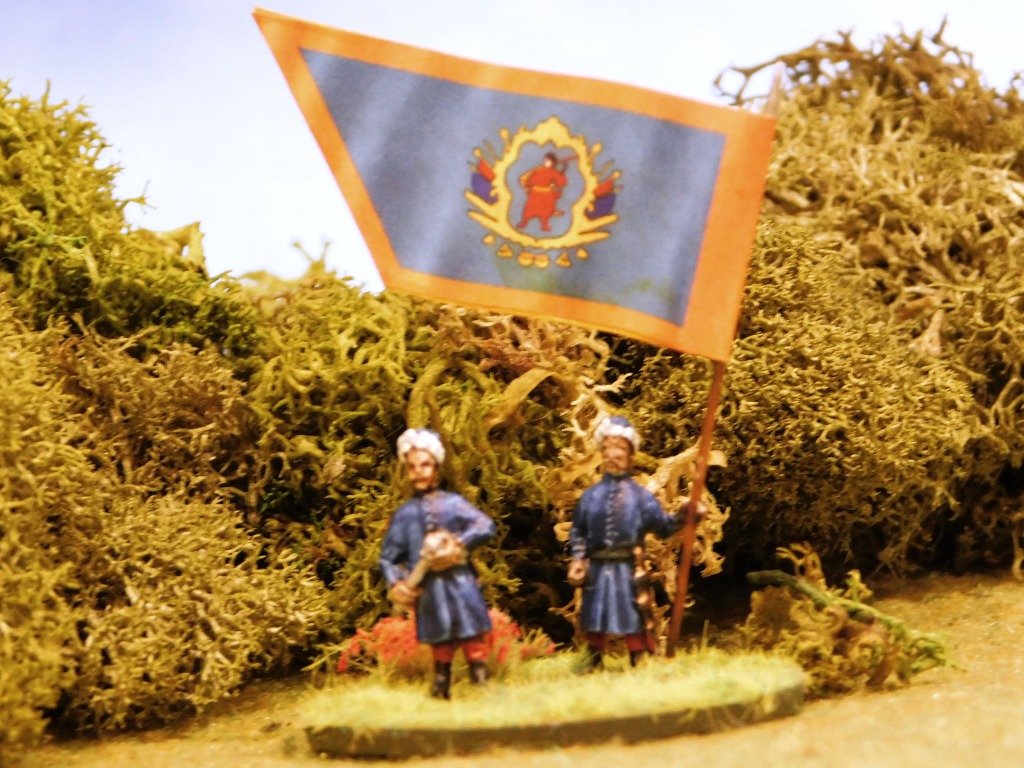FK&P AAR: The Attack on Marlowe
/A long, long time ago in a galaxy far, far away, I was at school with a chap that everyone called Fred. Not sure quite why, as that wasn’t his name, but I’m thinking it might have been because he just looked like a “Fred” in that he was very large and very strong and had a difficult to spell surname. Or it might have been because he bore more than a slight resemblance to the Scooby Doo character, assuming that Fred Jones lifts, that is!
Fred and I used to wargame at school - mostly Ancients using WRG 6th - but lost touch after he swapped to doing the real thing and joined the army. Flash forward many years and he was now out, had seen me on Linked In, and made contact again. We met up shortly afterwards for a drink or three, and from there it was a very easy transition to arranging a game.
Gaming is very different now to what it was then. In those days, the early to mid-eighties, nothing was quick and nothing was small: a battle was a whole day or weekend affair, minimum, with thousands of 25mm figures on the tabletop and an allowance built into the session’s timetable for colossal, life-threatening rules disputes involving such matters of importance as fractions of inches or degrees; the definition of charging in a straight line; or line of sight arguments that could only be settled by the hiring of a theodolite! Fred used to paint 25mm Minifigs’ Napoleonics with a syringe needle, for God’s Sake, in order to make sure the regimental numbers on the cuffs were legible!
I had no wish to return to those days, especially the “life-threatening rules disputes” as he was still a very large person and now presumably trained to kill, so decided upon a game of For King and Parliament, the English Civil War version of To The Strongest. FK&P is a cracking game that, to my mind, really captures the look and feel of the period to give reasonably realistic results with fast-play mechanics. It’s grid based, obviating a lot of the disputes about measuring, and driven by drawing playing cards.
We used the first scenario from my Marlowe to Maidenhythe scenario pack, with both sides acknowledging that this first game would be a training session more than anything else. Fred took the Royalists, on the attack versus my Parliamentarians.
Fred’s first question: where was the grid? It is there, but indicated in a way that doesn’t interfere with the look of the game.
I won’t describe the battle in detail, but suffice to say that it was a grinding win for the Royalists.
What was interesting, however, was seeing Fred reacting to the different challenges he faced, drawing on military rather than wargaming experience. My battalia were to be “located and fixed in place” before being destroyed by an attack from the flank, so Fred immediately understood the concept of a Zone of Control or ZoC, and proved very good at the fixing and destroying bit.
An advantage was to be “immediately followed up” with the emphasis being on a series of consecutive hammer blows rather than necessarily conserving damaged units. It was all very interesting, and we both enjoyed the game immensely.
Here are some more shots of the battle:






